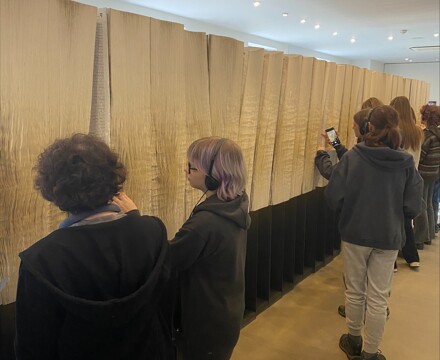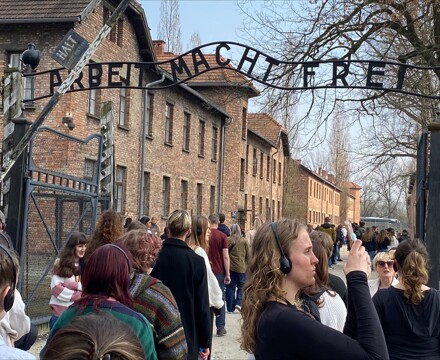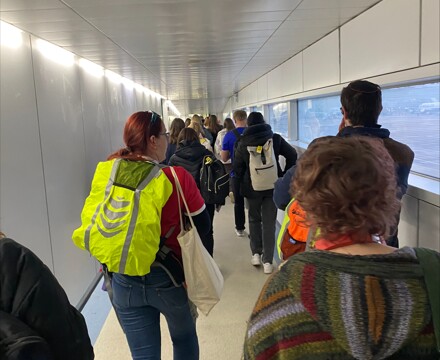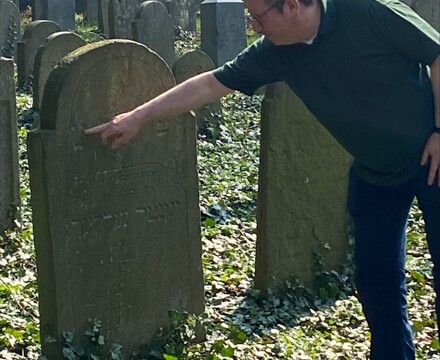Sixth Form Students from ASFC, OSFC and WSC Take Part in National Holocaust Education Trip
Back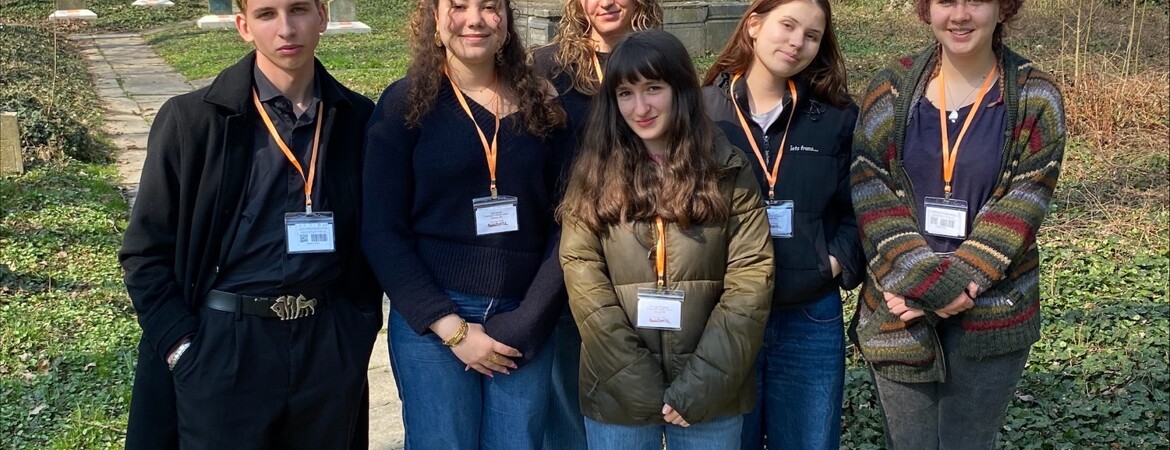
Trip to Auschwitz Birkenau
Involved: 6 Y12 Students from across ASFC OSFC and WSC
This trip was part of the Holocaust Educational Trust’s Lessons from Auschwitz programme, an educational and commemorative initiative designed to give post-16 students a deeper understanding of the Holocaust and its continuing relevance. The programme includes interactive online learning, two seminars, and a one-day visit to Poland. Through this, students:
• Learn about the history of the Holocaust and the role of camps like Auschwitz-Birkenau
• Consider the individuals whose lives were affected
• Reflect on its relevance today and share their learning with others
Pre-Visit Seminar
Before the trip, students attended a seminar in London, where they met Holocaust survivors and researched pre-war Jewish life in Europe. This provided crucial historical and personal context, allowing them to understand not only the scale of the Holocaust but also the vibrant communities that existed before the genocide.
The Trip
Our journey began in the early hours, departing from Stansted Airport at 4:30 am for Kraków. Upon arrival, we travelled to Oświęcim, the town where Auschwitz is located. The day was led by Rabbi Daniel Epstein from the Marble Arch Synagogue in London, who provided both historical insight and opportunities for reflection.
First Stops: Jewish Cemetery and Auschwitz
The visit began with a stop at a Jewish cemetery, a poignant reminder of the communities that once thrived in the region before the Holocaust. From there, we moved to Auschwitz I, the original concentration camp. Our tour included:
• Blocks 4 and 5, which house displays of victims’ possessions—mountains of suitcases, glasses, and shoes, including those belonging to children.
• The Book of Names, a 20-metre-long, four-foot-high book listing the names of all known victims of the Holocaust, a stark representation of the scale of the genocide.
• The house of Rudolf Höss, the camp’s commandant, who lived just metres from the gas chambers with his family, highlighting the chilling contrast between everyday life and mass murder.
• The gas chamber and crematorium, where we witnessed the grim remains of the machinery of genocide.
Auschwitz-Birkenau
The second part of the visit took us to Birkenau, the vast, purpose-built extermination camp. Here, we saw:
• The remains of the railway tracks and unloading ramp where victims arrived after brutal transport across Europe.
• Replicas of the transport vehicles used to deport Jews and other victims.
• The wooden barracks, built to hold thousands in inhumane conditions.
• The ruins of the gas chambers and crematoria, destroyed by the Nazis in an attempt to cover up their crimes.
The visit concluded at the camp’s memorial plaza, where students participated in poetry readings, candle lighting, and reflections led by Rabbi Epstein. The experience was overwhelming, and students were asked to share moments that stood out to them:
1. The overwhelming sense of despair that hangs over the camp.
2. The personal testimonies and stories of families being separated.
3. The vast piles of belongings, especially children’s shoes.
4. The piles of hair cut from victims.
5. The sheer industrial scale of the camps.
6. The powerful quotes placed throughout the site, reinforcing the importance of remembering and educating others.
One message that resonated deeply was:
“The opposite of love isn’t hate, it is indifference.” By Elie Wiesel
7. This was an unforgettable and profoundly important experience for all involved. The trip reinforced the importance of remembrance, education, and reflection. It was not just a history lesson but a stark reminder of what can happen when prejudice, discrimination, and hatred go unchallenged.

